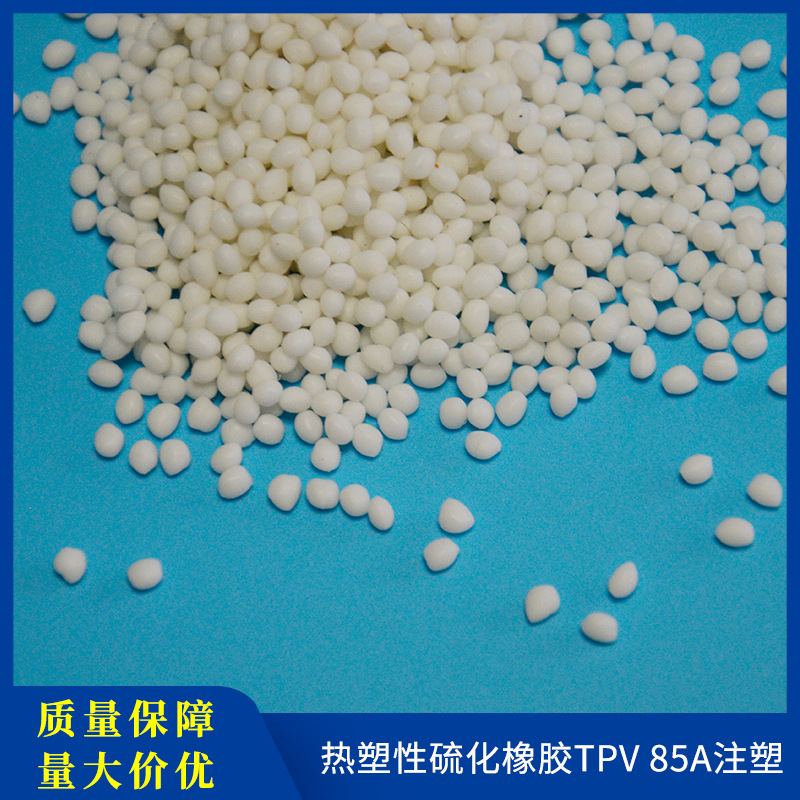Dechuang Chemical, 85-degree Injection TPV Raw Material
The elastic recovery mechanism of TPV is consistent with the deformation mechanism (see the basic performance of TPV (1)). Based on the deformation behavior of TPV, the physical causes of elastic recovery are as follows. During the solid state deformation
Contact 138 2720 9711
Product details
The elastic recovery mechanism of TPV is consistent with the deformation mechanism (see the basic performance of TPV (1)). Based on the deformation behavior of TPV, the physical causes of elastic recovery are as follows. During the solid state deformation in the stretching process, the PP phase is only partially deformed. The thin PP layer is deformed in the equatorial region (perpendicular to the applied load) and the rest of the PP phase is not affected. During tensile recovery, part of PP is pulled back by elastic EPDM, and a small part of PP undergoes irreversible deformation. The relationship between microstructure and elastic properties of TPV provides guidance for the preparation of high elastic TPV. The elasticity of TPV is mainly affected by the crosslinking degree of rubber phase, the size of rubber particles in TPV, the composition ratio of R/P, plasticizer, filler and processing conditions.
I. Influence of R/P Composition Ratio on Elastic Properties.
In general, an increase in the composition ratio of R/P results in an increase in the elasticity of TPV. This is because the rubber phase has higher elasticity than the plastic phase. Kang et al. studied the effect of BPE content on TPV elasticity. The results show that high content of BPE leads to an increase in elongation at break of TPV, i.e. higher elasticity of BPE/PLA-TPV. Fu et al. showed that within a certain strain range, the residual strain and hysteresis loss decreased with the increase of EPDM/PP composition ratio in TPV, indicating that the elasticity of TPV increased.
Second, the influence of rubber particle size and plastic matrix thickness on elastic properties.
Research shows that the decrease of dn and IDpoly can improve the elasticity of TPV. For example, the dn and IDpoly of BIIR particles decrease with the increase of DV time, resulting in an increase in the strength of the rubber network, thus increasing the elasticity of BIR/PA12-TPV. For EPDM/PP TPV aggregates with EPDM nanoparticles, more and smaller rubber particles in the PP matrix form a stronger rubber network structure, which reduces the aggregation of EPDM nanoparticles and thus increases the elasticity of TPV, as shown in figs. 1-1(a) and (b). Research by L'bee et al. shows that the elasticity of EPDM/PP-TPV with larger rubber particles (dn> 40 μm) is similar to that of pure PP, regardless of the rubber particle size. In smaller cases, the elasticity increases significantly with the decrease of dn(1 μm




